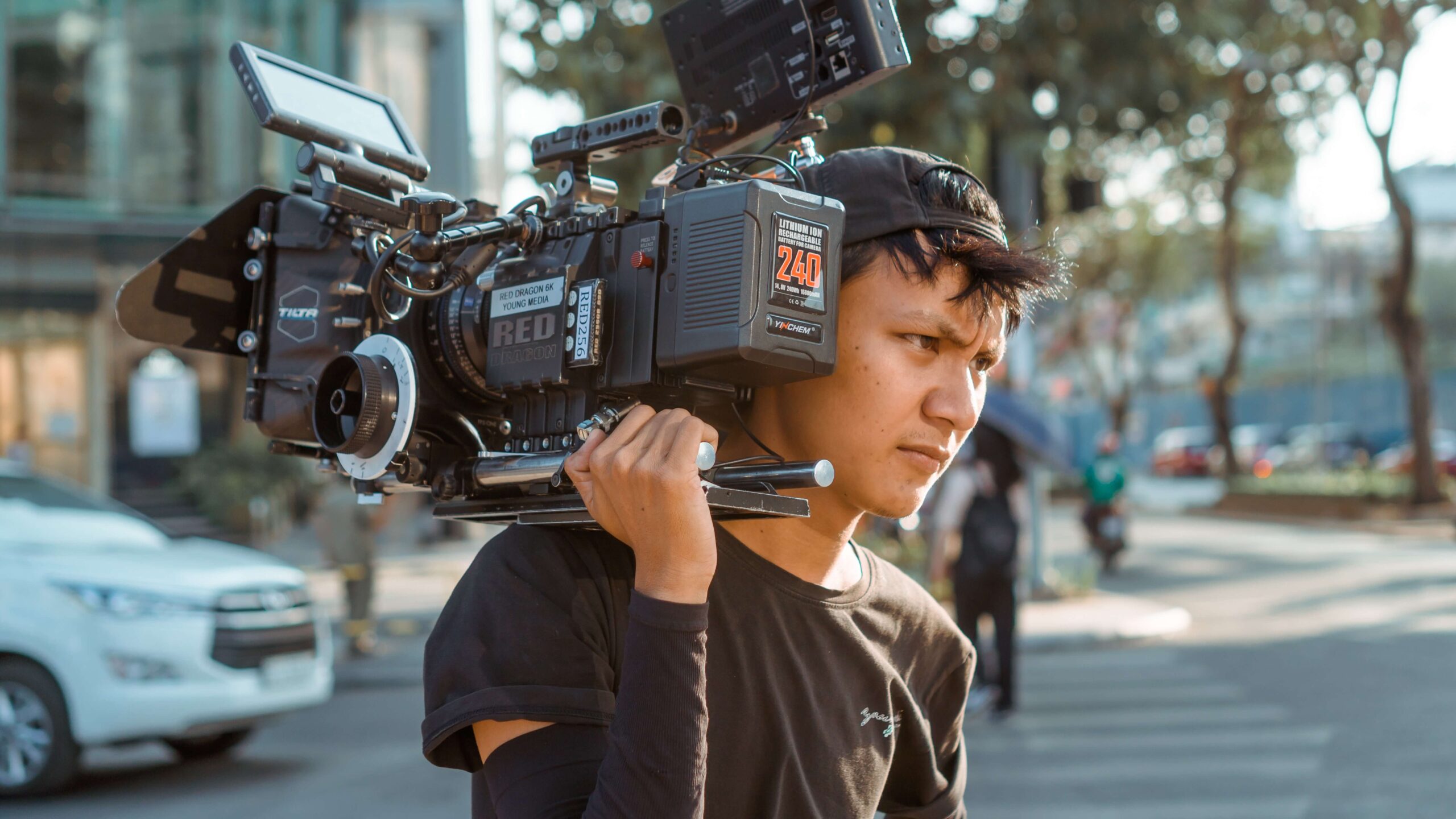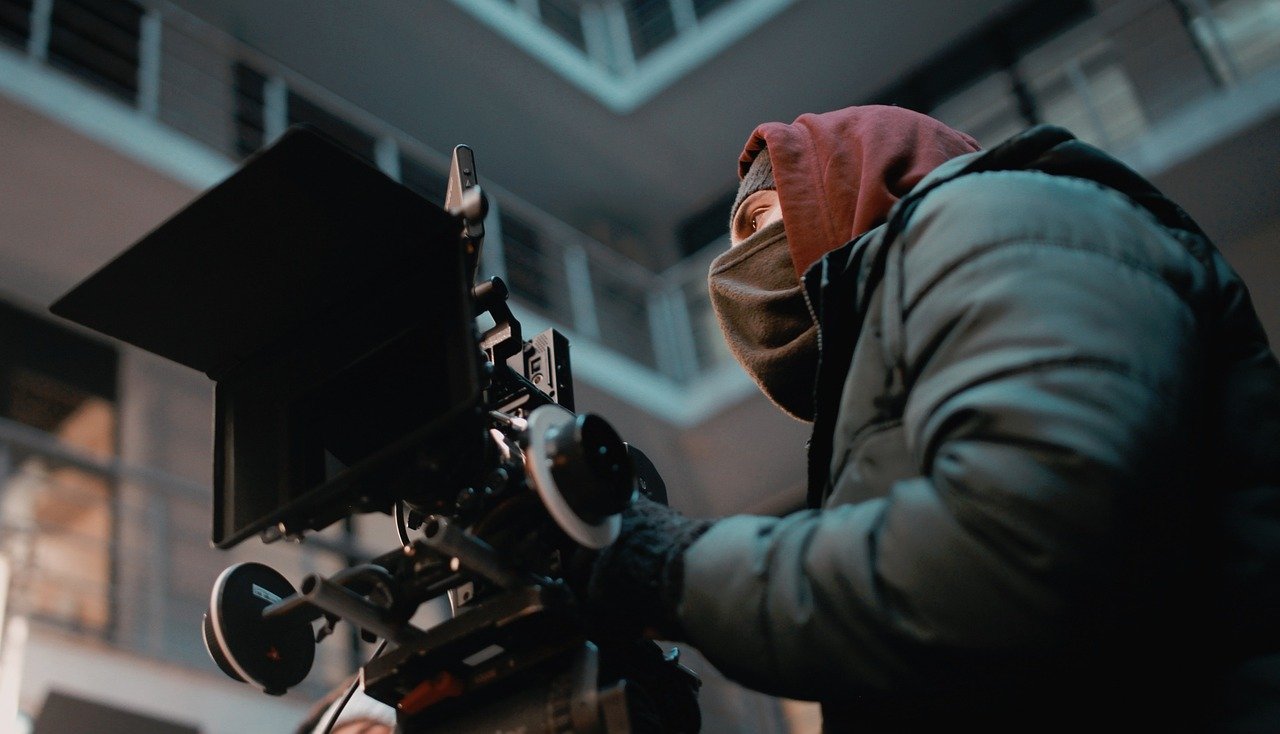Photography and Videography: Capturing Moments in Time Introduction Photography and videography are creative arts that…
Videography Tips: Master the Art of Creating Stunning Videos
Are you passionate about videography and looking to take your skills to the next level? Whether you’re a beginner or an experienced videographer, mastering the art of creating stunning videos requires a combination of technical knowledge, creativity, and attention to detail. In this article, we will provide you with valuable videography tips that will help you elevate your video creations and captivate your audience. From composition and lighting techniques to equipment selection and post-production tricks, let’s dive into the world of videography and explore the key tips and techniques you need to know.
1. Understanding Composition

When it comes to videography, composition plays a vital role in creating visually appealing and engaging videos. Consider the rule of thirds, leading lines, framing, and symmetry to enhance the visual impact of your shots. By positioning your subject or key elements strategically within the frame, you can create a more balanced and aesthetically pleasing composition that captures the viewer’s attention.
2. Mastering Lighting Techniques
Lighting is one of the fundamental elements of videography. Understanding different lighting techniques such as key light, fill light, and backlight will help you create the desired mood and atmosphere in your videos. Whether you’re shooting indoors or outdoors, knowing how to work with natural light or artificial lighting equipment will enable you to control shadows, highlights, and overall illumination for optimal results.
3. Selecting the Right Equipment
Choosing the right equipment is crucial for achieving professional-looking videos. Invest in a high-quality camera, lenses, stabilizers, and audio recording devices that suit your specific videography needs. Consider factors such as resolution, frame rate, image stabilization, and audio quality to ensure that your equipment aligns with your creative vision and delivers the desired results.
4. Utilizing Camera Settings for Optimal Results

Understanding your camera settings is essential for capturing the best footage. Experiment with exposure settings, shutter speed, ISO, white balance, and focus modes to achieve the desired visual effects. Adjust these settings based on different shooting conditions, lighting situations, and creative intentions to ensure that your videos are well-exposed, sharp, and visually appealing.
5. Audio Considerations for High-Quality Sound

Good audio quality is equally important as good visuals in videography. Invest in a high-quality microphone and learn techniques for capturing clear and crisp audio. Consider factors such as microphone types (shotgun, lavalier, or condenser), placement, and external audio recording options to ensure that your videos have excellent sound quality that enhances the overall viewer experience.
6. Effective Storytelling through Visuals
Videography is a powerful medium for storytelling. Learn how to effectively convey stories, emotions, and messages through visual elements. Utilize techniques such as shot sequencing, camera angles, and creative transitions to engage your audience and create a compelling narrative in your videos.
7. Filming Techniques for Dynamic Shots
Dynamic shots can add a sense of energy and excitement to your videos. Master techniques such as panning, tilting, tracking, and aerial shots to create visually captivating footage. Explore different camera movements and experiment with their applications to add depth and visual interest to your videos.
8. Editing and Post-Production Tips

Post-production is where your raw footage comes to life. Use professional video editing software to enhance your videos with precise cuts, transitions, effects, and color grading. Pay attention to details such as audio synchronization, color correction, and video optimization for different platforms. Editing is an art in itself, so refine your skills and create a polished final product that aligns with your creative vision.
9. Harnessing the Power of Color Grading
Color grading can significantly impact the visual aesthetics of your videos. Learn how to manipulate colors to evoke specific emotions and enhance the storytelling process. Experiment with color grading tools and techniques to achieve the desired look and feel in your videos, whether it’s a warm and inviting tone or a cool and dramatic atmosphere.
10. Shooting for Different Platforms
Different platforms have specific video format requirements. Adapt your shooting techniques to suit platforms such as YouTube, Instagram, Facebook, and others. Consider factors like aspect ratios, video lengths, and content styles to optimize your videos for each platform. By tailoring your videos to the platform’s specifications, you can enhance their visibility, engagement, and overall performance.
11. Capturing Stunning Time-Lapse Videos
Time-lapse videos offer a unique perspective on the passage of time. Master the art of capturing captivating time-lapse footage by understanding interval settings, exposure considerations, and subject selection. Discover how different time intervals can create different effects and incorporate time-lapse videos into your projects to add intrigue and visual interest.
12. Creating Smooth and Cinematic Camera Movements
Smooth camera movements can add a cinematic touch to your videos. Learn techniques such as using sliders, gimbals, and stabilizers to achieve buttery-smooth shots. Experiment with different camera movements like tracking, dolly shots, and crane shots to create visually stunning sequences that captivate your audience.
13. Ensuring Stability with Tripods and Gimbals
Stability is essential for professional-looking videos. Utilize tripods, monopods, or gimbals to stabilize your shots and minimize camera shake. Invest in high-quality stabilization equipment that suits your shooting style and ensures smooth footage, especially during handheld or dynamic shots.
14. Conducting Interviews and Documenting Events

Interviews and event documentation are common tasks in videography. Learn how to conduct effective interviews, capture candid moments, and document events professionally. Master techniques such as framing, audio capture, and capturing B-roll footage to create engaging and informative videos that tell compelling stories.
15. Continuous Learning and Experimentation
Videography is a constantly evolving field. Embrace a mindset of continuous learning and experimentation to stay updated with the latest techniques, equipment, and trends. Engage with online communities, attend workshops, and explore new creative approaches to expand your skills and push the boundaries of your videography.
In conclusion, mastering videography requires a combination of technical expertise, creative vision, and attention to detail. By following these videography tips and techniques, you can enhance your video creations and captivate your audience with stunning visuals and compelling storytelling. Remember to continuously learn, experiment, and push yourself to new heights in your videography journey. Now, go out there and create amazing videos that leave a lasting impact!
FAQs
1. What are the essential videography tips for beginners?
As a beginner, focus on understanding composition, mastering lighting techniques, and selecting the right equipment. These fundamental tips will lay a solid foundation for your videography journey.
2. How can I improve the quality of my videos without expensive equipment?
Even without expensive equipment, you can improve your videos by focusing on composition, utilizing natural lighting, and enhancing post-production techniques such as editing and color grading.
3. What are some recommended video editing software options for beginners?
For beginners, some popular video editing software options include Adobe Premiere Pro, Final Cut Pro, iMovie (for Mac users), and DaVinci Resolve. These software programs offer a range of features and user-friendly interfaces.
4. How can I capture stable footage during handheld shots?
To capture stable footage during handheld shots, invest in a gimbal or utilize a tripod or monopod for additional stability. These tools will minimize camera shake and result in smoother footage.
5. Where can I find resources to further improve my videography skills?
There are several online resources available to enhance your videography skills. Look for tutorials on YouTube, join videography forums and communities, and consider enrolling in online courses or attending workshops to expand your knowledge and skills.
In conclusion, this comprehensive guide provides valuable videography tips and techniques to help you master the art of creating stunning videos. From composition and lighting to equipment selection and post-production, these tips will elevate your videography skills and enable you to captivate your audience with visually appealing and engaging videos. Continuously learning, experimenting, and staying updated with the latest trends will contribute to your growth as a videographer.




